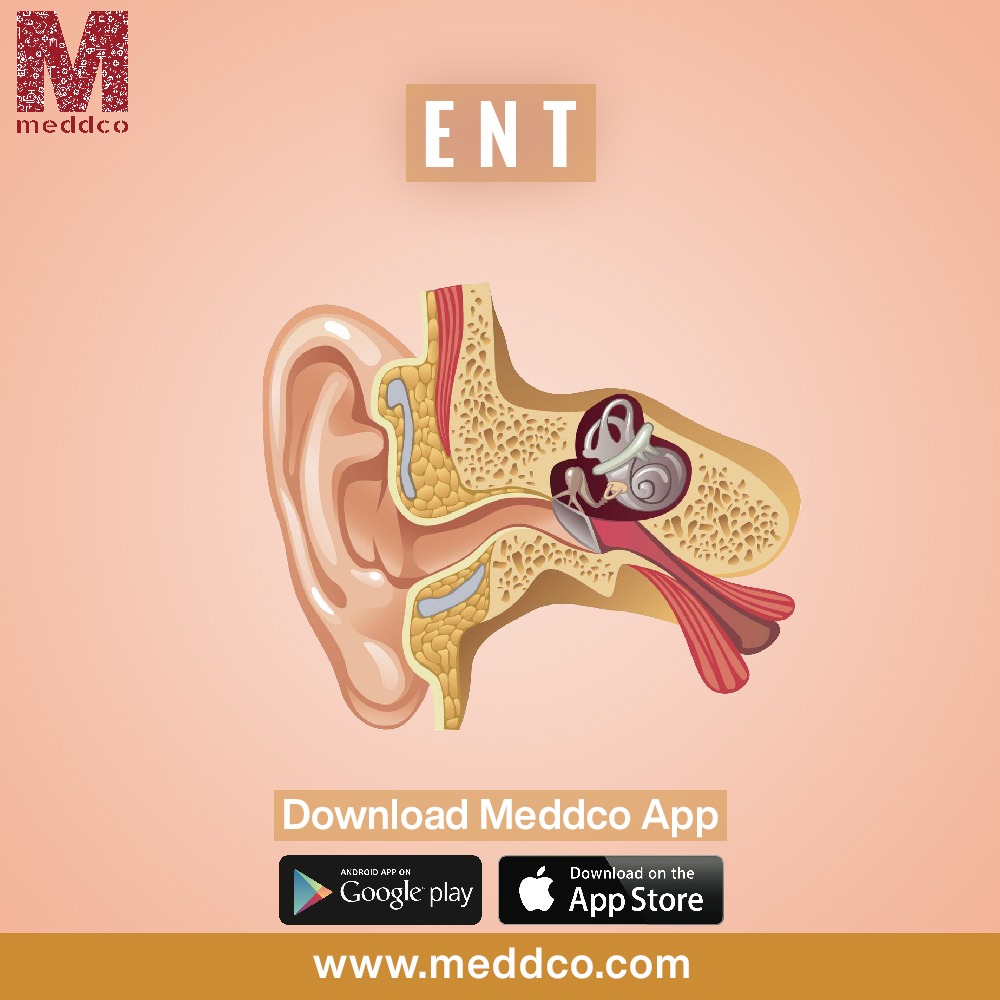

: Admin : 2021-05-31
Viruses, bacteria, and, in rare cases, yeast can cause ear infections. In adults and children, ear infections can arise in three parts of the ear.
In this article, we are providing details about a middle ear infection.
Middle ear infections
An infection directly beyond the eardrum (tympanic membrane) with pus trapped in the adjacent hollow cavity (middle ear space) of the cheekbone is known as a middle ear infection (otitis media). In children, middle ear infections are a typical consequence of the common cold.
Symptoms of a middle ear infection:
Middle ear infections can cause a number of different symptoms. The following are a few of the most common:
Cause of middle ear infection
A cold or other respiratory ailment is frequently the cause of a middle ear infection. Through the eustachian tubes, the infection spreads to one or both ears. The air pressure inside your ear is controlled by these tubes. They attach to the back of your nose and the rear of your throat.
Diagnosis
Based on the symptoms you describe and an examination, your doctor can usually diagnose an ear infection or another problem. The doctor will most likely examine your ears, throat, and nasal tube with lighted equipment called an otoscope. He or she will most likely use a stethoscope to listen to your child breathe.
Pneumatic otoscope
A pneumatic otoscope is often the sole specialist tool needed by a doctor to identify an ear infection. The doctor might use this equipment to look inside the ear and determine whether there is fluid behind the eardrum. The doctor uses a pneumatic otoscope to softly puff air against the eardrum.
Treatment
If you want to know about a middle ear infection, its treatment and ENT specialists please visit meddco.com or download the Meddco app.
#meddco #ent #doctor #medicine #surgery #medical #orl #otolaryngology #hearingloss #otorrino #audiology #rhinoplasty #otorrinolaringologia #earnosethroat #ear #healthcare #meddcotreatmentpackages #affordable halthcarewithmeddco #radiology #allergies #sinus #microbiology #audiologist #neetpg #entdoctor #nose #nosejob #physiology
Related Articles
No Comments